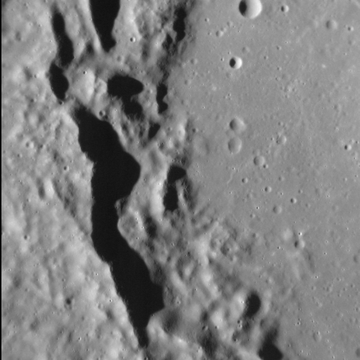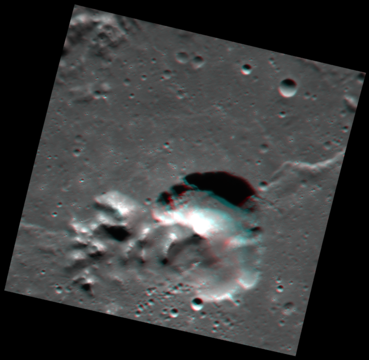Catullus (crater)
 MESSENGER WAC | |
| Planet | Mercury |
|---|---|
| Coordinates | 21°54′N 67°33′W / 21.9°N 67.55°W |
| Quadrangle | Victoria |
| Diameter | 100.2 km |
| Eponym | Catullus |
Catullus is a crater on Mercury. Its name was adopted by the International Astronomical Union (IAU) on December 19, 2012. Catullus is named for the Roman poet Catullus.[1]
There is a depression near the center of the crater. Such depressions in similar craters (for example Glinka, Gibran, or Picasso) are thought to be caused by volcanism.
Hollows are present in Catullus, near the central peak complex.
To the northeast of Catullus is the large crater Praxiteles, and farther to the northwest is Aksakov. Between Catullus and Aksakov is an area classified as intracrater plains which have rough topography, as opposed to smooth plains (such as Apārangi Planitia or Borealis Planitia). The intracrater plains are saturated with secondary craters.[2]
-
The rim of Catullus
-
Anaglyph of the pit in the center of the crater
-
Hollows in Catullus crater
References[edit]
- ^ "Catullus". Gazetteer of Planetary Nomenclature. NASA. Retrieved 15 July 2020.
- ^ Denevi, B. W., Earnst, C. M., Prockter, L. M., and Robinson, M. S., 2018. The Geologic History of Mercury. In Mercury: The View After MESSENGER edited by Sean C. Solomon, Larry R. Nittler, and Brian J. Anderson. Cambridge Planetary Science. Section 6.3.1, Figure 6.2.



